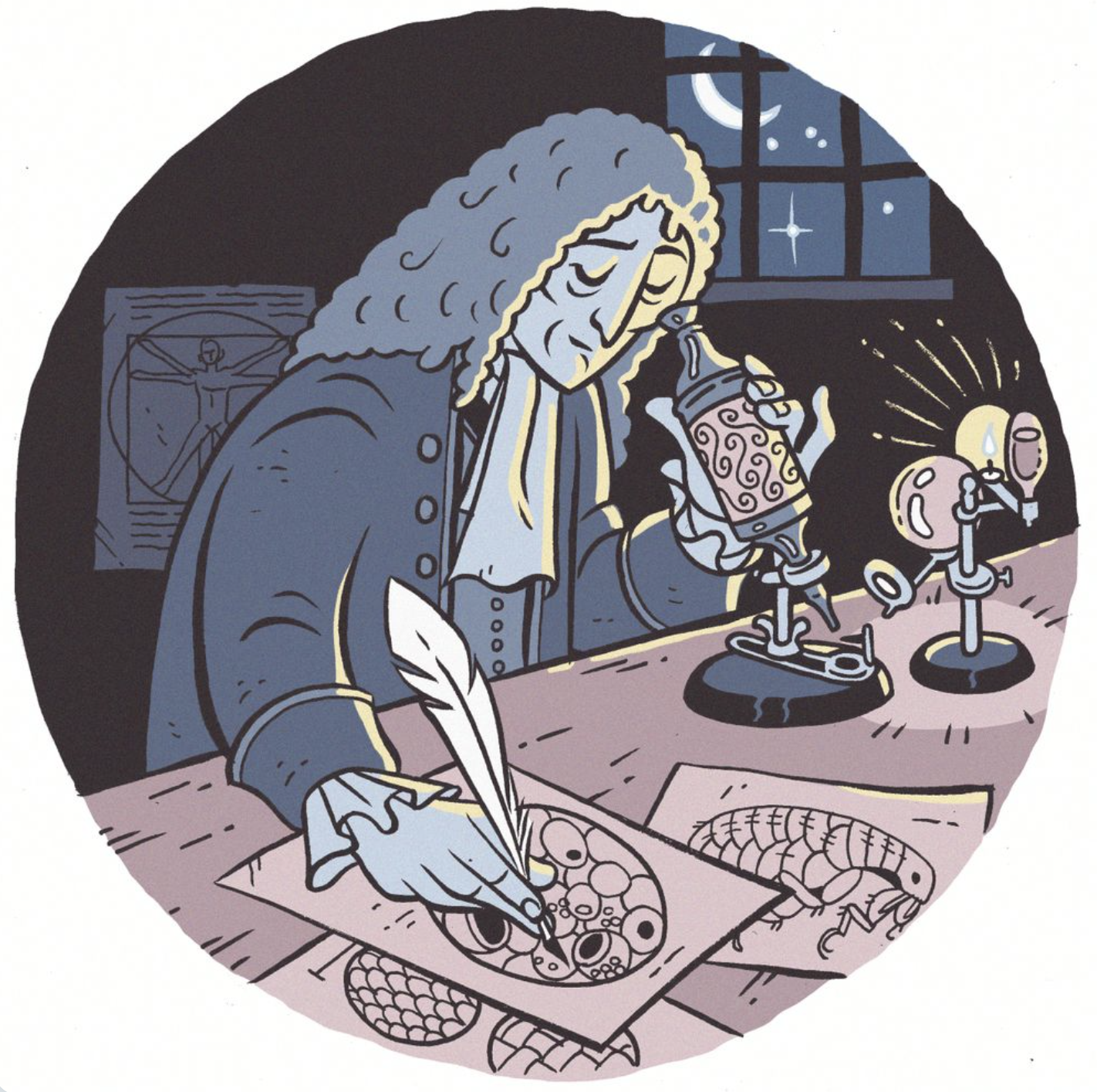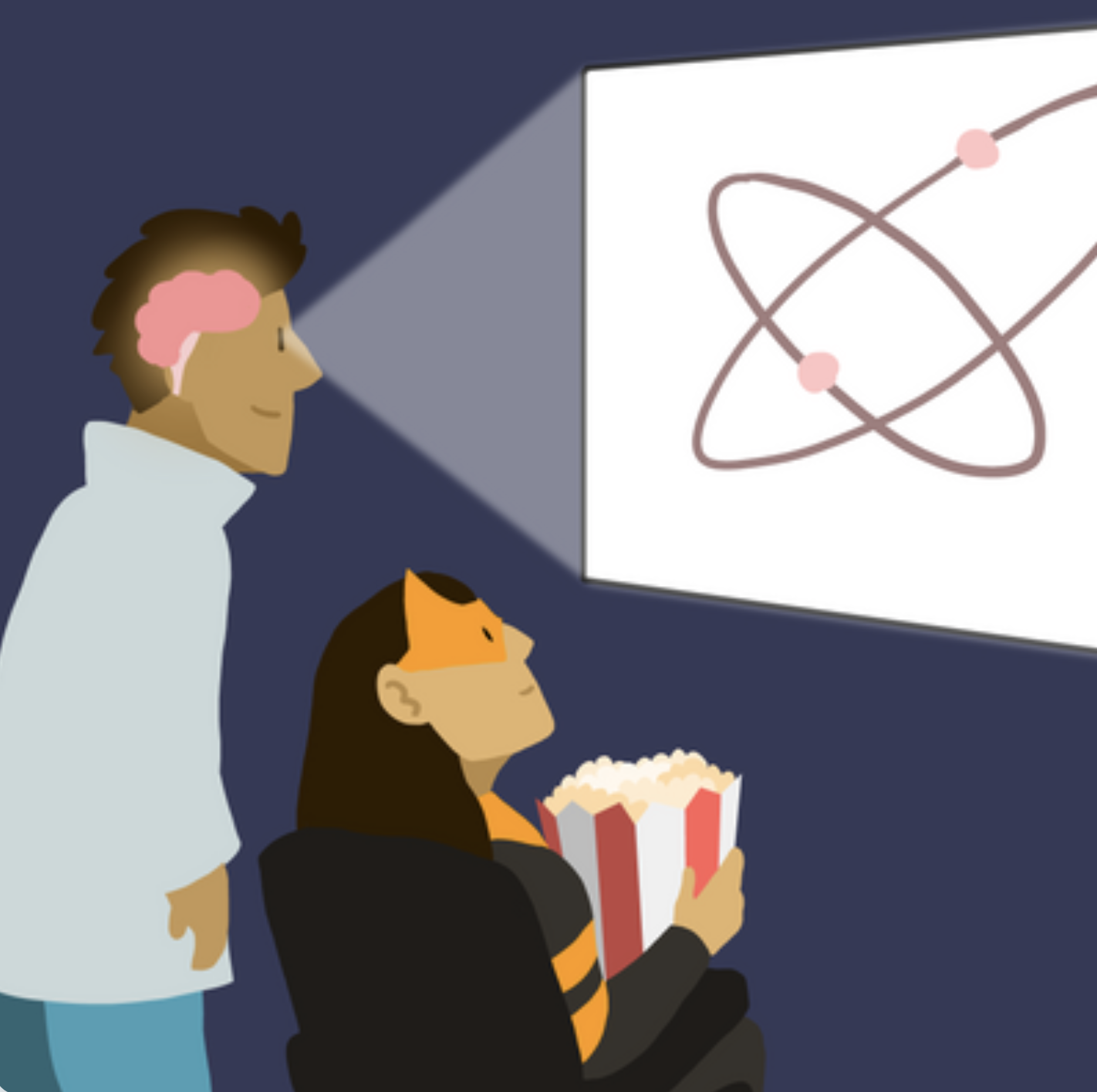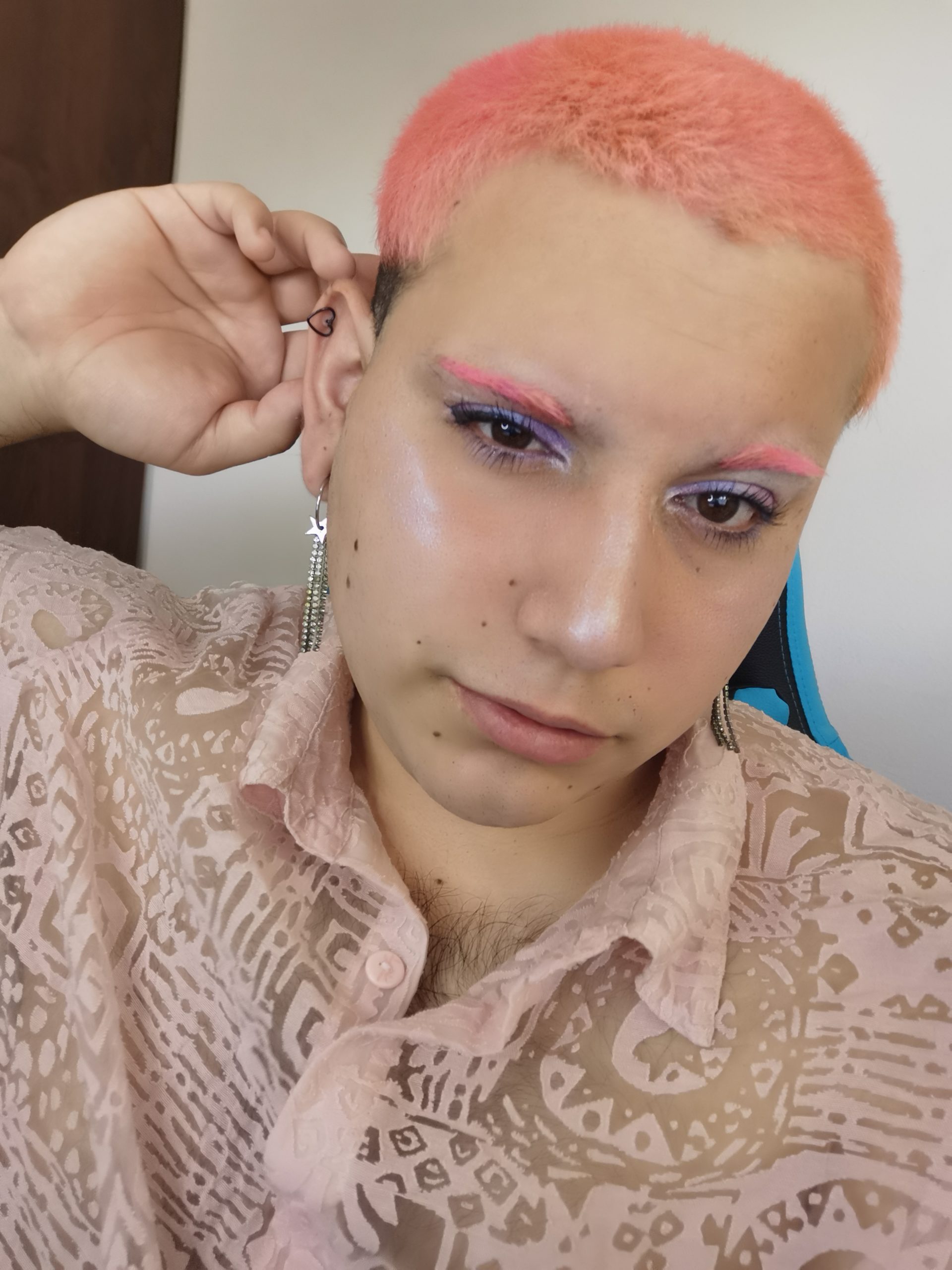
It’s been two weeks since we launched our new Lifeology University SciComm Program. The program includes a variety of “flashcard” courses on the topic of science communication made by science communicators, SciComm researchers, and fantastic illustrators! We’ve launched 5 courses so far and many more are on the horizon. You can learn more about the program in our blog post from the launch two weeks ago.
In the past two weeks, we’ve had over 100 people sign up for the program! We are encouraged by all the great feedback we are receiving. If you have already joined but are not sure about how to make the best out of the program or if you are unsure about joining at all, continue reading to hear from a participant who has been there.
Below, Jose Bustamante, who has completed the first 5 courses and the supplemental activities that accompany them, provides an inside scoop about progressing through the program!
What made you interested in participating in the Lifeology SciComm program?
I have been following Lifeology for a few months. I have done several of their courses, and I really like the simplicity with which they explain complex topics. In addition, each card has an illustration that helps you better understand the text, and assimilate and remember it in a better way. It also allows me to meet new scientific illustrators and follow them on their social networks.
I am a science communicator, and when I saw that Lifeology had published a training program for scientific communicators, I did not hesitate to take it because there are not so many training opportunities in scientific communication and because surely these courses together with their illustrations were going to be a nice adventure.
How would you describe this program to someone who has never heard of it?
It is a very good and effective science communication program, but it’s approached in a light, fast and entertaining way. It deals with general as well as transversal topics, which are useful in many aspects of scientific communication.
What’s been your favorite course so far, and why?
So far my favorite course is “Style in Science Communication.” I love how they told the story of Robert Hooke and his book Micrographia, the impact it has to this day, and the illustrations by Jordan Collver, which were beautiful.

I also liked the course because it has to do with something that I am going through now, which is the search and definition of my style in scientific communication and understanding that the impact of what you do is not only in the content but in how you tell it and what colors, resources or formats you use. It’s something that in our careers of science they don’t tell us because we are used to reading papers and reviews, which have a lot of text with very small print. It’s something totally different from what is done in scientific communication.
What, if anything, do you think makes this program different from other science communication programs or resources you’ve taken or used?
The main characteristic of this program is its short duration and the great impact it has on you in such a short time. I read the 5 courses that are in the program so far and I did the homework. It took me approximately 4 hours, but I think there are things that I won’t forget, such as the importance of storytelling. I also think a remarkable feature of the program, and one that is also a hallmark of all Lifeology courses, is the use of illustrations.
Have you found that the illustrations in the SciComm program courses help you learn or engage more deeply with the material? Tell us more about that or any other impressions of course visuals
Absolutely. Instead of imagining each scenario described in each paragraph, I already had it ready next to it, so it saved me some mental processes. The illustrations show very well what is explained in the text, and even help you understand it better
What would the “How to Tell a Science Story” course be like without the illustrations of HighLight, the superheroine? It helps a lot to have an image of what HighLight is like, to know its colors, its expressions, how it helps other people and reach the top together (see the course to understand what I am talking about).


What are three of your main takeaways, or lessons learned, from the courses you have taken so far?
- The importance of listening to my audience, communicating with empathy, and speaking not only about what I want to say, but about the things that my audience wants and needs to hear.
- Tell the whole process that science and research involve, and not just the end result. This helps to humanize science, to change the perspective that the non-scientific community has about this area, and to understand that science is not perfect. It has errors, there are flaws, and above all, that it is made by humans.
- The impact that storytelling can have on scientific communication. How stories allow a better integration of knowledge instead of just telling the data without context.
Is there a topic that you are excited to learn more about in future courses?
As the training program has been published recently, I understand that it has few topics so far. I read that there will be new courses in the program every month, and I would love for there to be courses on evaluating the impact of scientific communication activities and on how to monetize scientific communication activities because they are topics that are not talked about as much, at least here in Chile, and that according to me, contribute a lot to scientific communication and its professionalization.
How might you or will you be putting what you learn in this program into practice?
After the training program, I will have much more in mind for the importance of building your brand, choosing a color palette that represents me, using a certain group of fonts, a specific type of illustrations. In other words, I will worry about my style of scientific communication.
I will also always keep in mind my audience and their characteristics. I will read them, I will ask them questions, I will be interested in what things they want to know and what things they need to know. Likewise, I will try to use stories so that the assimilation of the content is much better. I will focus on how I communicate.
Any final thoughts or comments? Any advice for someone wanting to participate in the program?
I would tell those who are going to participate in the program to read each card calmly and to stop to see the details of the illustrations. It helped me to assimilate the content more calmly and also to enjoy each illustration.

Jose Bustamante (they/he) is a 5th-year biochemistry student at Universidad de Chile and co-founder of Hablemos de Ciencia, a group dedicated to science communication in a funny and inclusive way. He’s also the founder of Comunica Ciencia Chile (CCC), a group of more than 100 people who are dedicated to promoting science communication in Chile.




